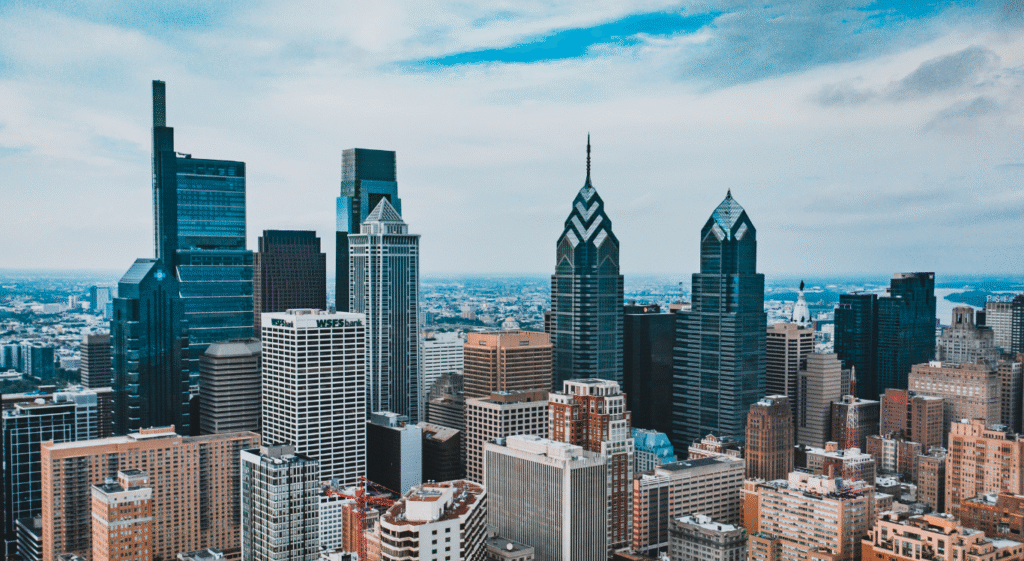When people talk about “South of Philly,” they are often referring to the neighborhoods and communities located just below the heart of Philadelphia. Philadelphia, known as the “City of Brotherly Love,” is rich in culture, history, and food traditions. The phrase itself carries a sense of place and identity—it speaks about the people who live south of the central city, their lifestyles, and the unique experiences that can be found there.
South of Philly can mean different things to different people. To some, it’s about the neighborhoods within South Philadelphia, famous for their row houses, markets, and close-knit communities. To others, it refers to areas outside the city, such as southern parts of Pennsylvania, Delaware, or even New Jersey, which are geographically located below Philadelphia. Each interpretation captures a slice of life tied to Philadelphia’s cultural influence.
The phrase also resonates beyond geography. It represents traditions like cheesesteaks, soft pretzels, Italian bakeries, and sports pride. It’s the part of Philly where you feel the heartbeat of working-class families, old traditions passed down through generations, and modern energy mixing with history.
Understanding what “South of Philly” means is about recognizing how deeply place shapes people. Whether you are a local or a visitor, it offers a glimpse into the city’s authentic character, far from the polished tourist image, and closer to the daily rhythm of real life.
Culture and Lifestyle South of Philly
The culture south of Philly is vibrant, colorful, and deeply rooted in family and tradition. Walk through the streets of South Philadelphia, and you’ll notice murals painted on row house walls, corner stores that know their regulars by name, and a mix of cultures blending over decades of immigration. Italian, Irish, African American, and more recently, Asian and Latino communities have shaped the identity of this area.
One of the cultural highlights is the Italian Market, one of the oldest open-air markets in the United States. Here, you can experience a mix of old-world charm with modern flavors. The area is also home to annual events like the Mummers Parade, which brings costumes, music, and celebration to the streets every New Year’s Day.
South of Philly is also known for its sports passion. Families proudly display their support for the Eagles, Phillies, Flyers, and 76ers. Sports gatherings often turn into community bonding moments, where food, conversation, and team pride blend seamlessly.
Beyond traditions, the lifestyle here has a rhythm of its own. It’s about neighborhood pride, knowing your neighbors, and celebrating both the small and big things in life. Even as modern developments move in, the charm of long-standing bakeries, mom-and-pop shops, and local diners keep the area grounded. It’s a lifestyle that reflects resilience, loyalty, and a sense of belonging.
Food and Flavor South of Philly
No conversation about south of Philly is complete without food. The area has a reputation that stretches far beyond Pennsylvania, thanks to iconic dishes like the Philly cheesesteak. South Philadelphia, in particular, is home to some of the most famous cheesesteak spots, where locals debate endlessly about which place does it best.
But cheesesteaks are only the beginning. The food culture is a melting pot. Italian influence is strong here, with fresh pasta shops, pizzerias, and cannoli bakeries lining the streets. If you walk through the Italian Market, the aroma of fresh bread, cured meats, and imported cheeses will fill the air. This area has also embraced modern food trends, with creative fusion restaurants adding new flavors to the traditional food scene.
South of Philly is also known for comfort food and community dining. From soul food kitchens to family-owned diners, food is more than just eating—it’s about sharing and connecting. The flavors tell stories of migration, adaptation, and tradition.
For many, food south of Philly is a cultural anchor. Whether it’s grabbing a pretzel from a street vendor, enjoying water ice on a summer day, or sitting down to Sunday dinner with family, food is a reflection of the community’s heart. It’s simple, bold, and always memorable.
Why “South of Philly” Still Matters Today
“South of Philly” is not just a phrase—it’s a reflection of identity, culture, and history that continues to thrive today. Despite modernization, gentrification, and changing demographics, the area south of Philadelphia still carries its original charm. Families who have lived there for generations continue traditions, while newcomers bring new energy and ideas.
The phrase matters because it captures authenticity. It’s not just about the landmarks or the food, but about the way of life. It is where old meets new, where tradition blends with progress, and where cultural pride remains strong. The neighborhoods south of Philly remind us that cities are not just skylines and landmarks but communities filled with real people and real stories.
For visitors, south of Philly offers a chance to see beyond the postcard version of Philadelphia. It’s a place where you can walk through history, taste flavors shaped over centuries, and meet people who carry the city’s spirit in everything they do. For locals, it is home—a place of belonging and identity that keeps their roots alive even as the world changes around them.
“South of Philly” matters because it reminds us that culture, tradition, and everyday life are what truly define a city.
FAQs on South of Philly
Q1. What does “South of Philly” mean?
It generally refers to the neighborhoods and communities south of central Philadelphia, often including South Philadelphia and nearby regions.
Q2. Why is South Philly famous?
It’s known for its Italian Market, cheesesteaks, murals, sports culture, and deep community traditions.
Q3. Is South of Philly only about food?
No, while food is a major highlight, it also includes rich cultural traditions, sports pride, and a strong sense of community.
Q4. What is the lifestyle like south of Philly?
It’s close-knit, family-oriented, and rooted in tradition, with a mix of old charm and modern influences.
Q5. Why does the phrase still matter today?
It reflects the cultural heart of Philadelphia, keeping traditions alive while embracing change.



